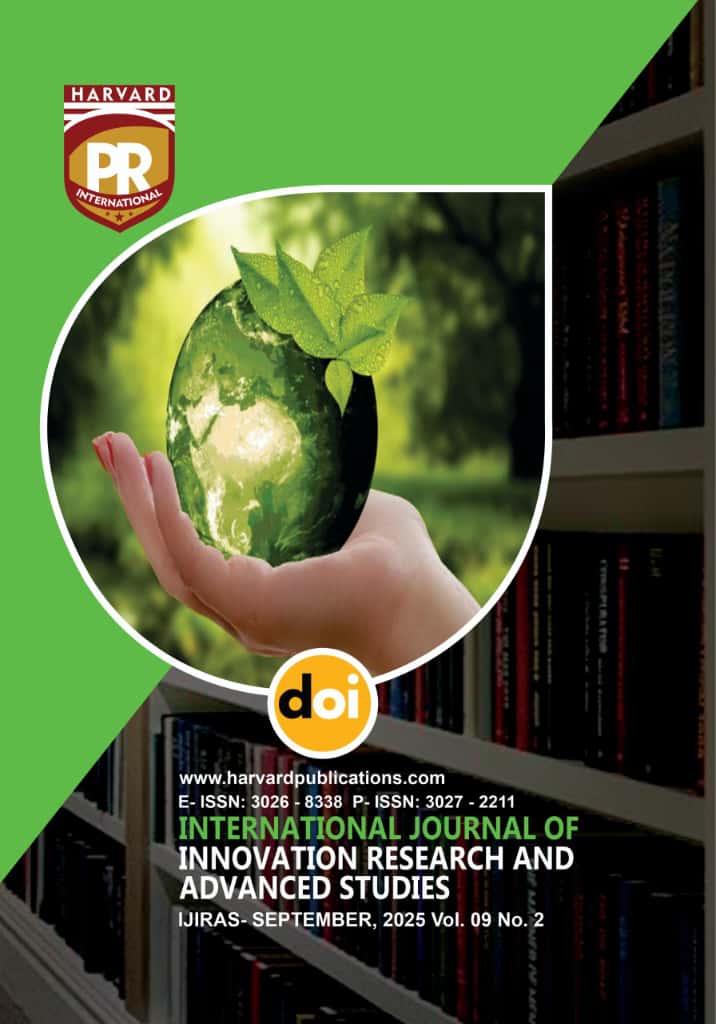Abstract
The rapid development of precision agriculture (PA) has transformed farming practices by integrating digital technologies such as GPS-guided machinery, variable rate application systems, drones, and sensor-based monitoring tools. This study conducts a systematic review of literature published between 2000 and 2025 to evaluate the economic implications of PA adoption in the United States, with a focus on farm profitability and resource use efficiency. Using the PRISMA framework, 47 relevant studies were identified from peer-reviewed journals, USDA reports, and grey literature. Findings indicate that PA adoption generally improves profitability through cost reductions, yield optimization, and long-term efficiency gains. Profitability increases ranged from 5% to 25%, with large-scale farms realizing the greatest returns due to economies of scale, while smaller farms faced slower returns on investment. Evidence also demonstrates substantial improvements in resource use efficiency, including fertilizer reductions of 10–20%, water savings of 15–30%, and pesticide reductions of up to 15%. However, adoption barriers such as high capital costs, knowledge gaps, and limited access to financing restrict wider implementation, particularly among small and medium-sized farms. The review concludes that while precision agriculture enhances economic and environmental outcomes, targeted policy support is essential to ensure equitable access and maximize national agricultural sustainability goals.

This work is licensed under a Creative Commons Attribution 4.0 International License.
Copyright (c) 2025 CONFIDENCE ADIMCHI CHINONYEREM, SAMUEL BABATUNDE AJIBADE, OLORUNWO TOSIN REBECCA, EMMANUEL CHIAGOZIE AHAIWE (Author)




